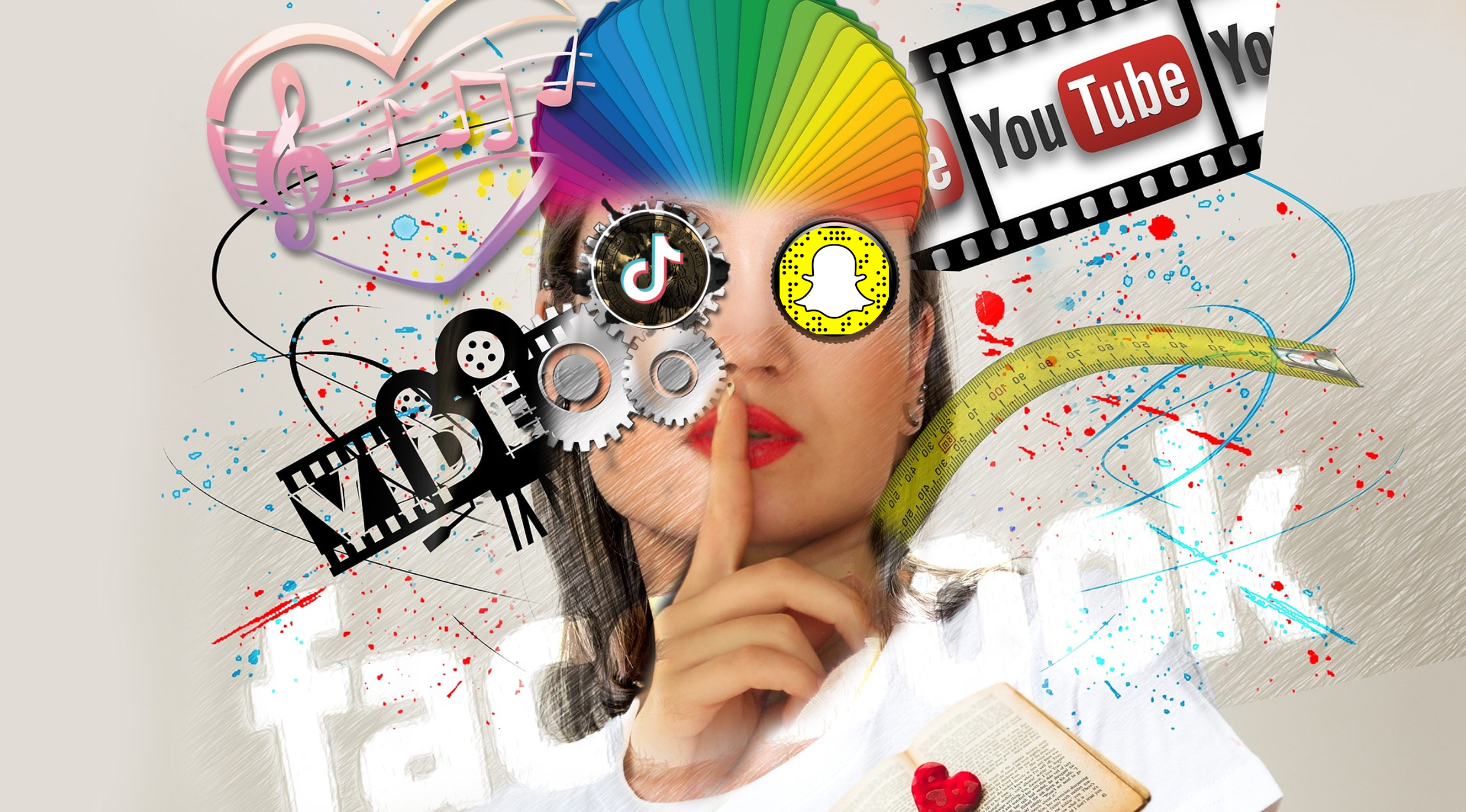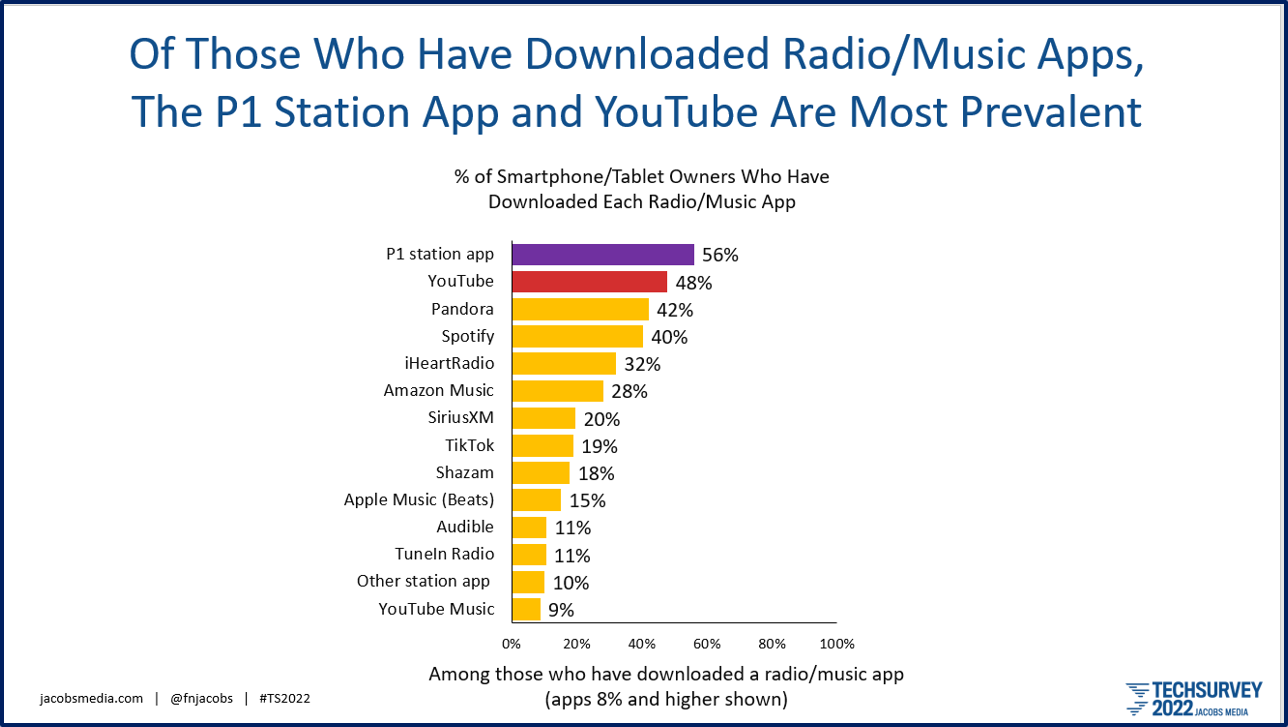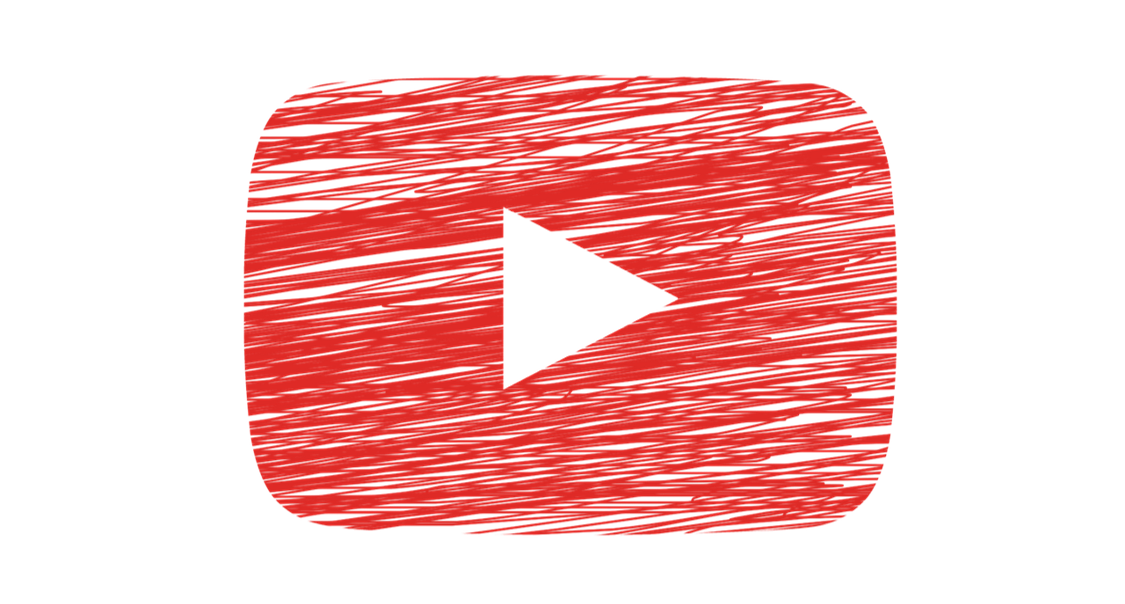
When we look back at milestone years in media and technology, I have a feeling the early 2000’s will stand out. Many major innovations and iconic brands were born and established during this seminal time.
Facebook (theFacebook.com) launched on the Harvard campus in 2004. Two years later, Facebook was opened up to all of us, truly a game-changer for the U.S. and the world. The iPhone made its debut in 2007, and hasn’t looked back. But the game-changing moment for smartphones was the creation of the App Store the next year. That opened the floodgates, making it possible for companies like jacapps to design and develop apps for radio and other media outlets.
Perhaps, it was the invention of YouTube in 2005 that flew a bit under the radar. When it first hit the mainstream, YouTube was known as a crowd-sourced video channel, famous for amateur creations by (mostly) young fans most of which were cheap, crude productions. Remember smartphone technology was near the point where quality video could be shot on iPhones.
But as video tech became more accessible and very cheap, seemingly everyone was showing up on YouTube. In 2017, the channel launched the YouTube Partner Program, giving anyone the ability to earn a share of the revenue. Now, in 2022, YouTube has come a long way, a source for all things video, including podcasts. It is just behind Google Search in web visits.
You may recall Google bought YouTube in 2006 for a paltry $1.65 billion. Today, the channel has become a key part of the “creator economy,” where anyone can cash in on their video content, including radio stations.
Yesterday, Seth wrote a blog post as part of his “Connect the Dots” blog. I believe more of you should see it and share it with your teams. So, I’m posting an adapted version of it here. As an industry, radio broadcasters need to think more visually, as oxymoronic as that might seem for a medium that essentially invented “audio.” But as we’ve discussed in this space, our lives – our homes, our cars, and the gadgets we covet – almost all have screens.
Seth’s post is a great starting point. It answers many of the questions broadcasters have about how to get going and how to make YouTube work for you. Know this: YouTube is already an integral part of the core radio audience’s app menu. In Techsurvey 2022, we asked those who have downloaded radio/music oriented apps, which are the ones they have on their smartphones and tablets.

Once we get past the station’s own app, you can see YouTube is a frequent inhabitant of their iPhone and Android desktops.
I hope you find Seth’s guide helpful. And if we can help you design and implement a video strategy, let’s talk. -FJ
How to Create a YouTube Channel for Your Radio Station
By Seth Resler

If you’re in the media business these days, you need to be in the multimedia business. That means radio broadcasters increasingly need to be creating video content as well. One of the most important platforms to be on when it comes to video is, of course, YouTube. If your radio station hasn’t created a YouTube channel yet, take some time to do so. Here’s what you need to know:
YouTube Channels vs. Playlists
A YouTube channel is your station’s identity on the video platform, complete with a name and profile image. A playlist, on the other hand, is simply a collection of videos. You can create a playlist from videos that you have uploaded to your channel, or you can include videos from other YouTube users.
At the outset, you’ll want to decide how you want to organize your YouTube presence. For example, do you want to have one YouTube channel for the station, and ask each on-air personality upload videos to their own playlist under that channel? Or do you want to give each personality their own channel? There is no single correct answer for all radio stations. Morning show personalities that are syndicated across multiple stations may want their own channels, while stations that use on-air talent that that are exclusive to their airwaves may want to have them all use a single station channel.
One key factor you may want to consider: Users can subscribe to YouTube channels, but not individual YouTube playlists. When a users subscribes, they can receive notifications every time a new video is uploaded by a channel. So, for example, if you think your fans may want to receive notifications about about every new morning show video but not every new radio station video, you may want to separate these into two different channels instead of just using different playlists. In general, you probably want your YouTube presence to mirror the organization of your other digital assets
Personal vs. Brand Channels
YouTube allows users to create two types of channels: personal channels and brand channels. The primary difference is that brand channels can be managed by multiple users, while personal channels cannot. So a station or morning show may want to use a brand channel, while a single on-air personality could use either type. (In the past, brand accounts could be used with a number of Google services; however, as of August 2021, they are only used with YouTube.) Here is more information about brand accounts.
Organizing Playlists
Once you’ve decided which YouTube channel(s) your station needs, give some thought to how you want to organize the playlists. Again, there is no one-size-fits-all answer. You may want to give each on-air personality their own playlist. You could also create a playlist for artist interviews, or create playlists around your radio station’s benchmark features. Remember, videos can be added to multiple playlists. So if your afternoon drive DJ interviews a band, that video can be added to both her playlist and the artist interviews playlist.
To set up a channel, follow these instructions. Don’t forget to include basic info, like a description of your channel and key external links.
If you would like to add multiple users to your brand channel, follow these instructions.
Customizing Your YouTube Channel
YouTube provides lots of options for customizing your channel. For example, it allows you to determine which video should be featured most prominently to your channel’s visitors. You can even create a welcome trailer for brand new visitors that is different than the featured video shown to returning visitors. You can also customize the layout of your YouTube channel. Find instructions for customizing your YouTube channel here.
Branding Your Tube Channel with Graphics and End Screens
Currently, YouTube offers three main ways to brand your channel with graphics: with the profile image, with a banner image that appears at the top of the channel, and with a watermark that appears on your videos. You can find details on each of these, including the recommended image sizes, here.
If you’ve spent any time on YouTube, you’ve probably seen videos that have end screens which encourage viewers to subscribe to the channel or watch another video. These end screens are a great way to drive views, subscriptions, or even visits to your website. You can find instructions for creating YouTube end screens here.
Creating a Custom URL for Your YouTube Channel
You will eventually want to create a custom URL for your YouTube channel, such as YouTube.com/WKRP. This type of vanity URL is easy for listeners to remember, so it’s convenient to use on your radio station’s airwaves in imaging production and live reads. Unfortunately, you won’t be able to create a custom URL for your channel on the day that you initially set it up; your channel will need to meet certain requirements first, including having a minimum number of subscribers.
If you don’t yet have the minimum number of subscribers, encourage your listeners to subscribe to your YouTube channel. The best way to do this is to use your email database: Send an email encouraging your listeners to subscribe to your channel. The link you include in your email blast should be your YouTube channel link, followed by “?sub_confirmation=1.” For example, the link might be https://www.youtube.com/channel/xxxxxxxxxxxxxxxxxx?sub_confirmation=1. Of course, listeners will be more likely to subscribe if your channel already has some compelling videos posted to it; don’t send them to a channel with no videos.

Promote Your YouTube Channel
In addition to promoting your YouTube channel with an email blast, you can also promote it through:
- Links on your station’s website
- Live on-air mentions
- On-air production elements
- Links in employee email signatures
- Links on station banners and the station van
- Links in social media profiles (perhaps using Linktree)
Track Your YouTube Analytics
Once you get in the habit of regularly posting content to your YouTube channel, you’ll want to measure its performance. YouTube offers a wide range of data points that you can track, but the two most important are probably the number of views your videos receive and the number of subscribers that your channel has. You can find a full explanation of YouTube analytics here.
Monetize Your YouTube Channel
Once you have enough viewers watching your station’s videos, you can generate revenue from your YouTube channel by joining the YouTube Partner Program. YouTube offers several different streams of revenue, including money from advertising, members, and merch. When you’re ready, start your YouTube monetization journey here.
In conclusion, radio stations should consider creating videos for YouTube in order to engage their audiences. YouTube is a powerful platform with a wide reach, and by creating engaging videos, radio stations can tap into a new audience while also promoting their existing content.
Additionally, videos provide an opportunity to showcase the personality of the station and its hosts, which can further endear listeners to the brand. Ultimately, radio stations that produce quality video content can reap significant rewards in terms of audience engagement and growth. And revenue.
- A Simple Digital Treat to Thank Your Radio Listeners This Thanksgiving - November 13, 2023
- Interview Questions When Hiring Your Radio Station’s Next Digital Marketing Manager - November 6, 2023
- A Radio Conversation with ChatGPT: Part 2 – Promotions - October 30, 2023




Leave a Reply